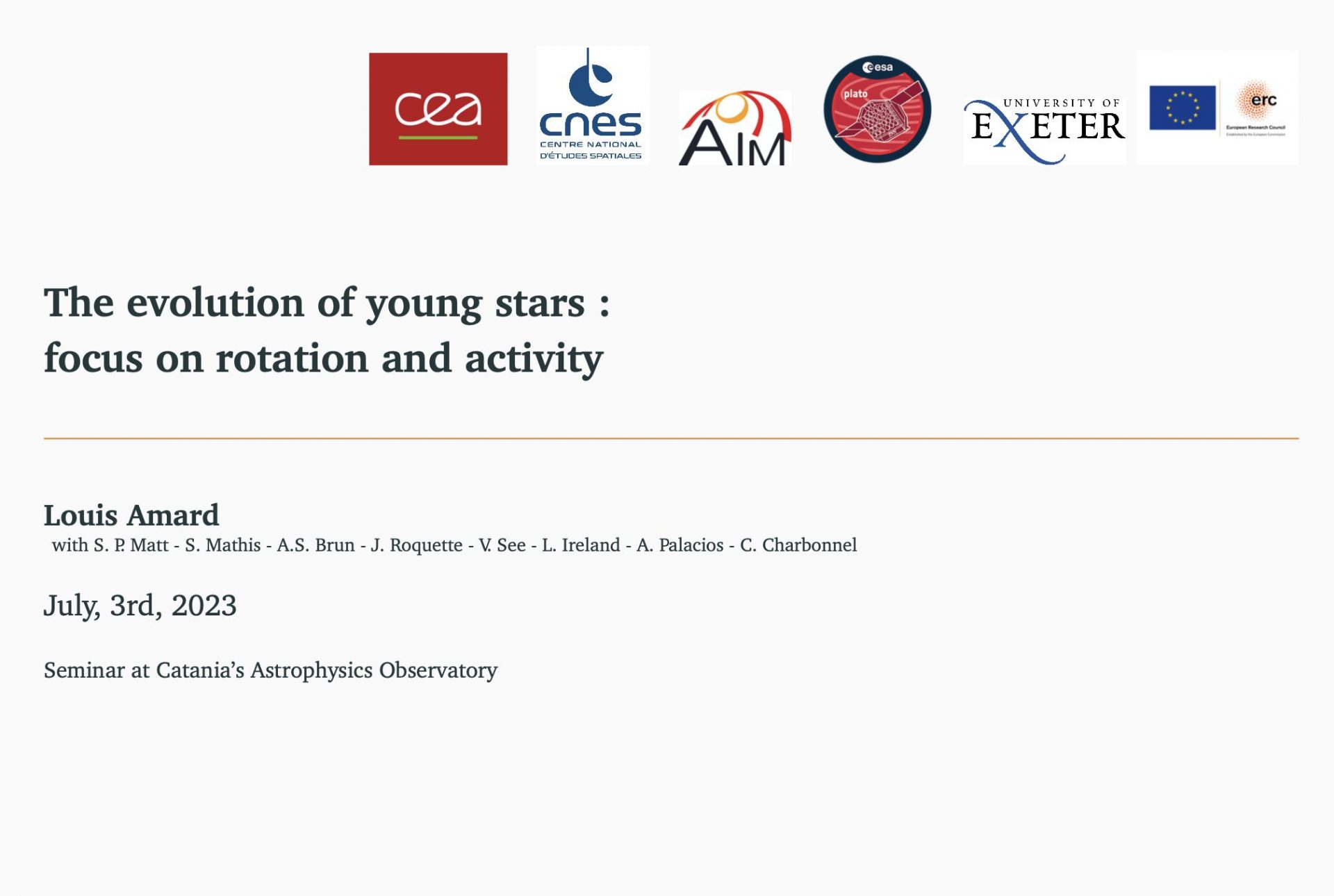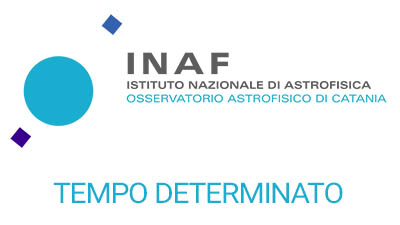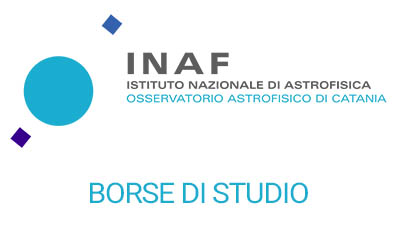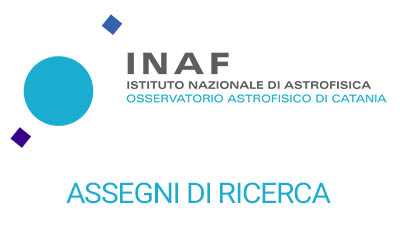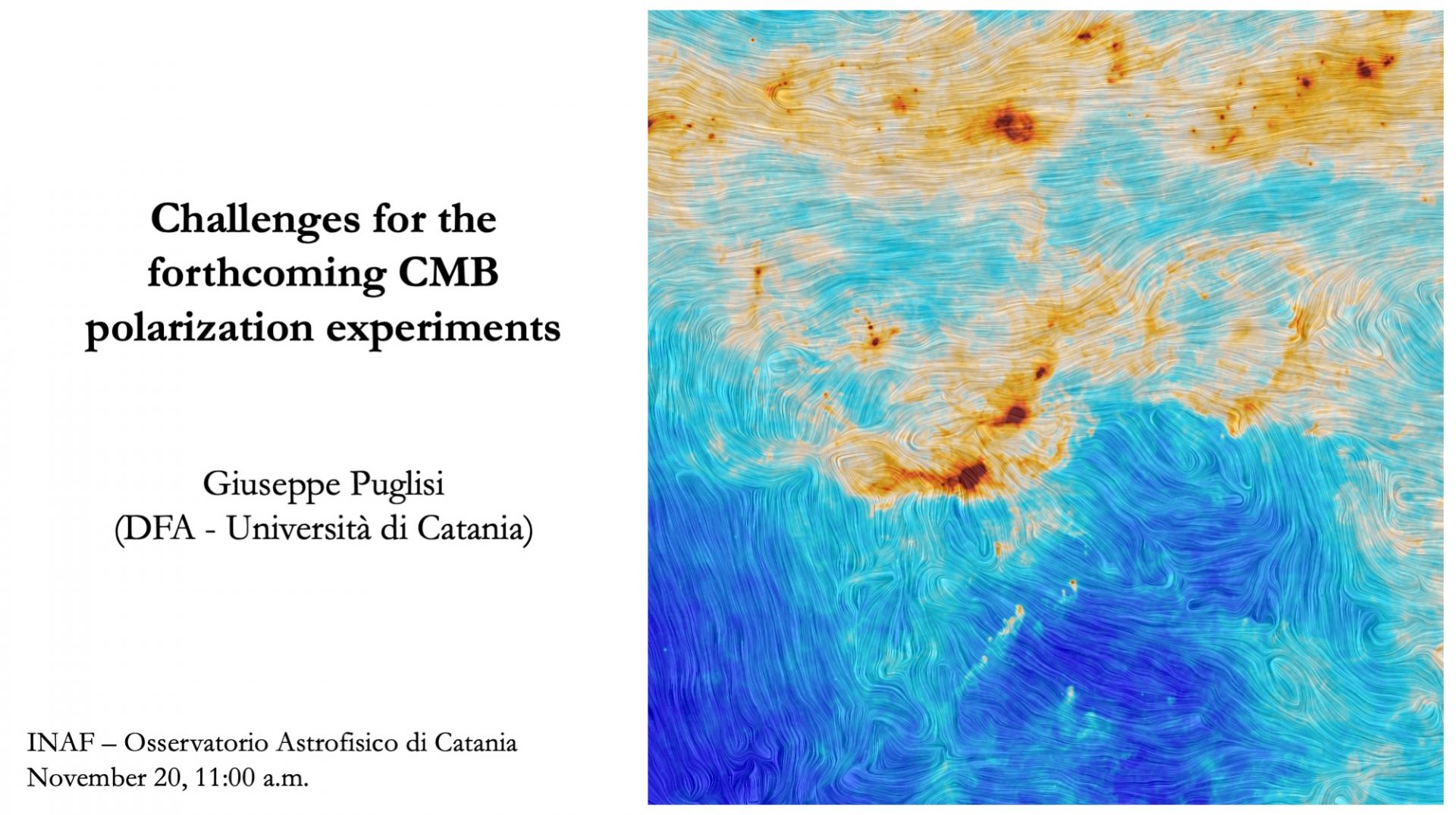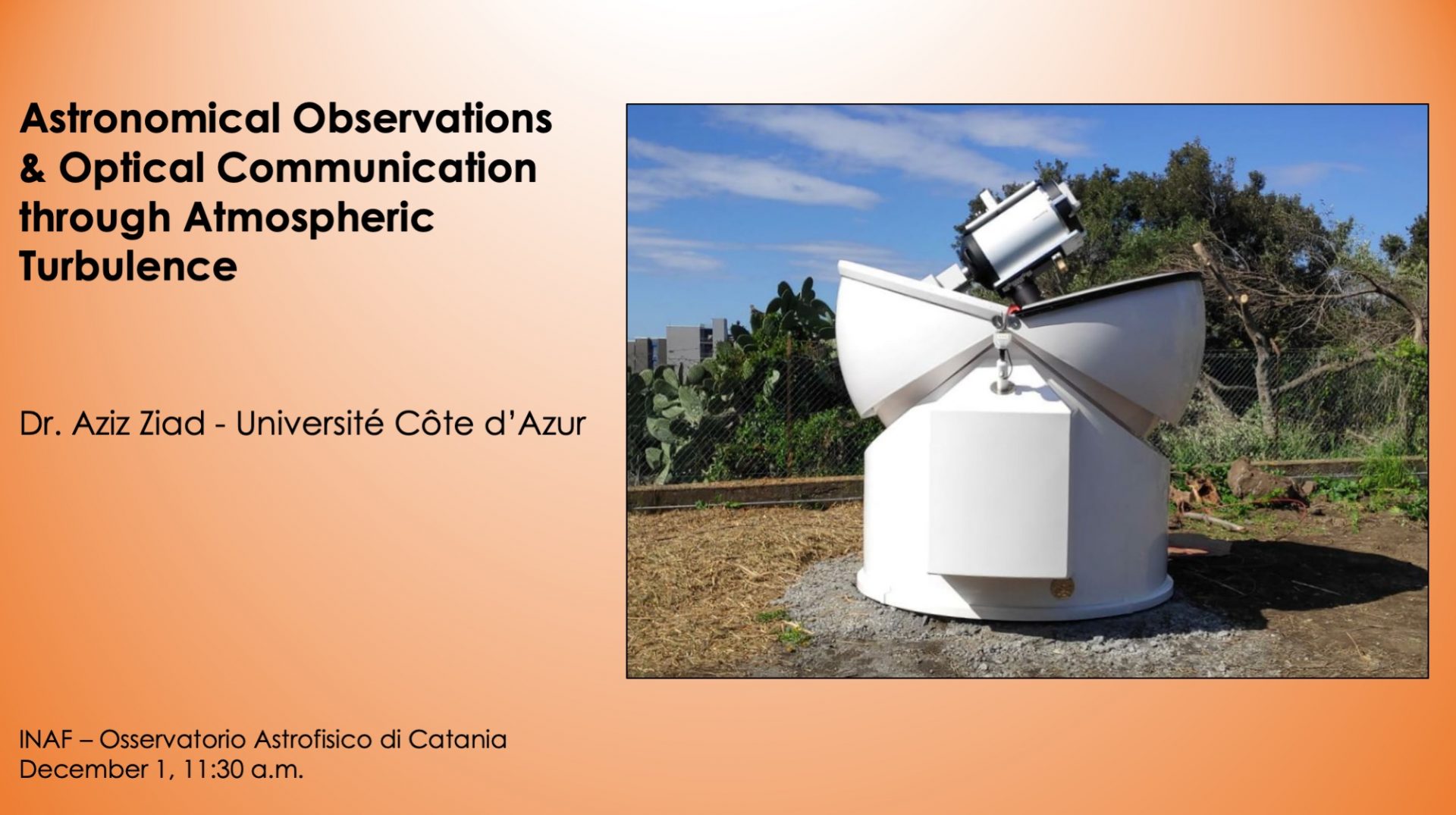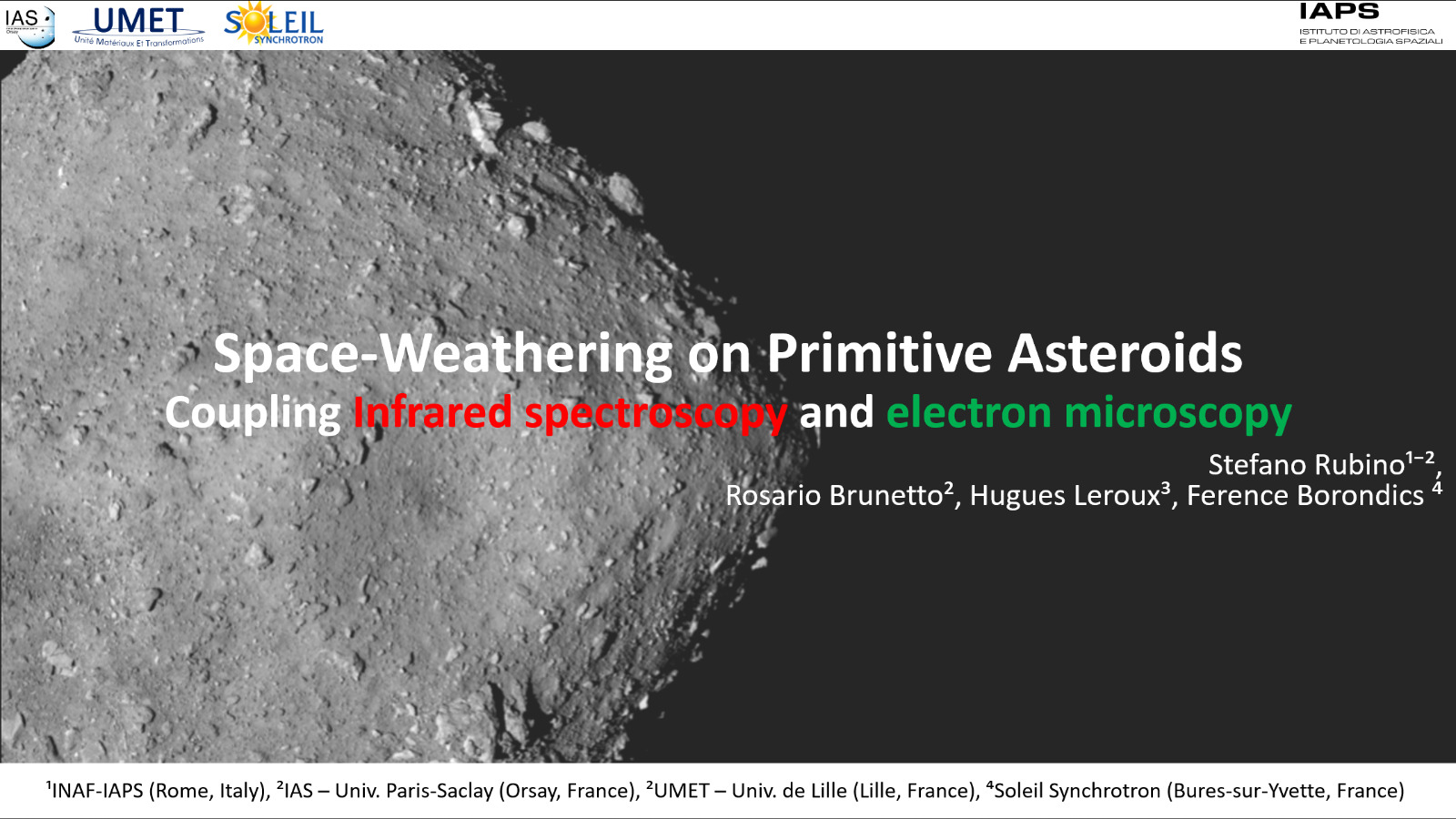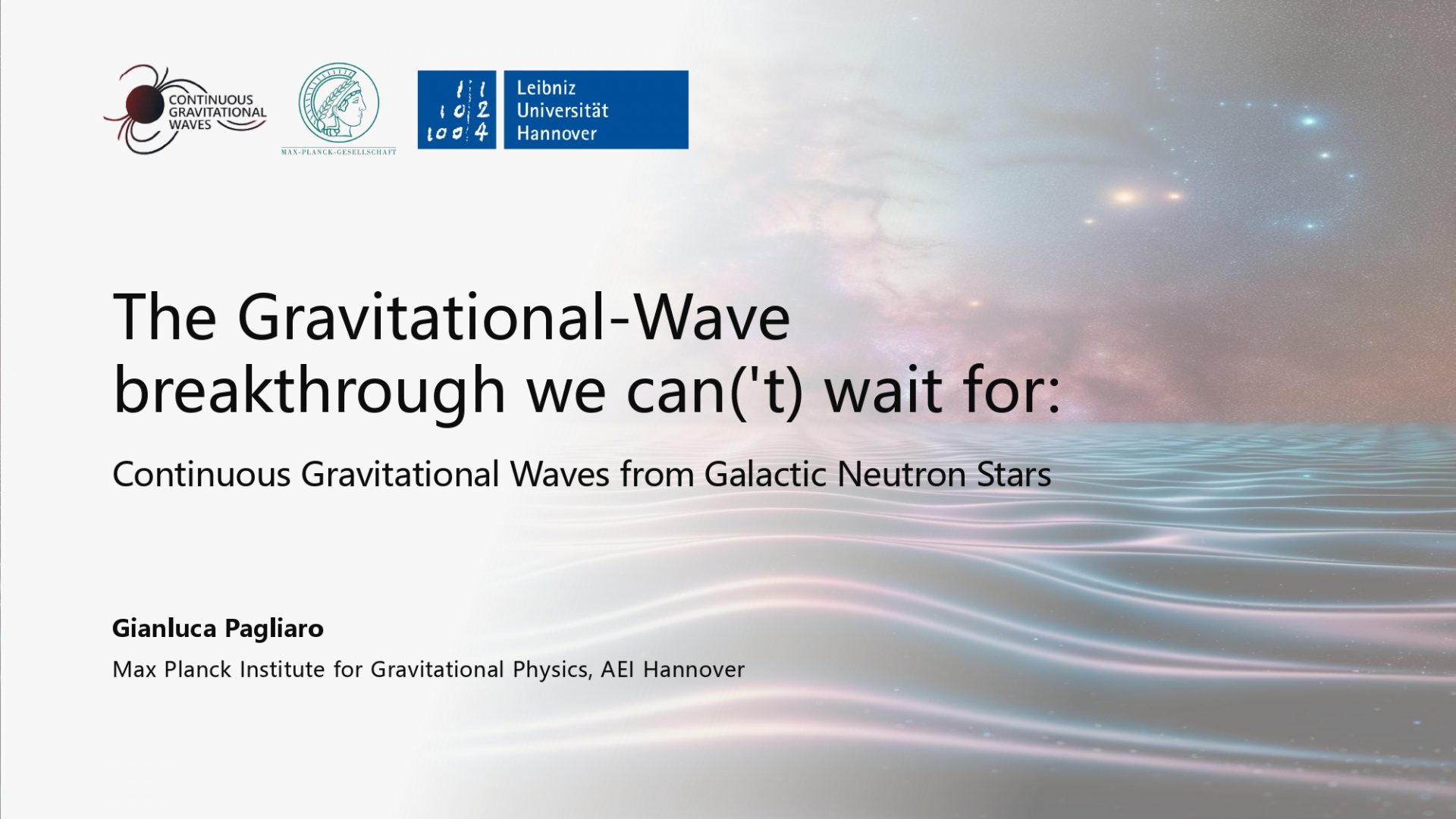The evolution of young low-mass stars: focus on rotation and activity
Sede A. Riccò Via Santa Sofia 78, CataniaBetween its formation stage as an active accreting seed and today, the Sun underwent large structural changes as well as variation in magnetic activity, rotation rate and its relation to the surrounding environment. I will go through the different processes that are responsible for these changes and present our latest results on the subject. We will go from the early interaction between the star and its proto-planetary disc bathing in UV radiations emitted from the massive neighbours, to the internal mixing happening in the inner layers of solar-like stars that are probed by asteroseismology.
Finally, I will review the possible applications of this work to other types of stars at different stages of the evolution in the context of the current or future surveys.
